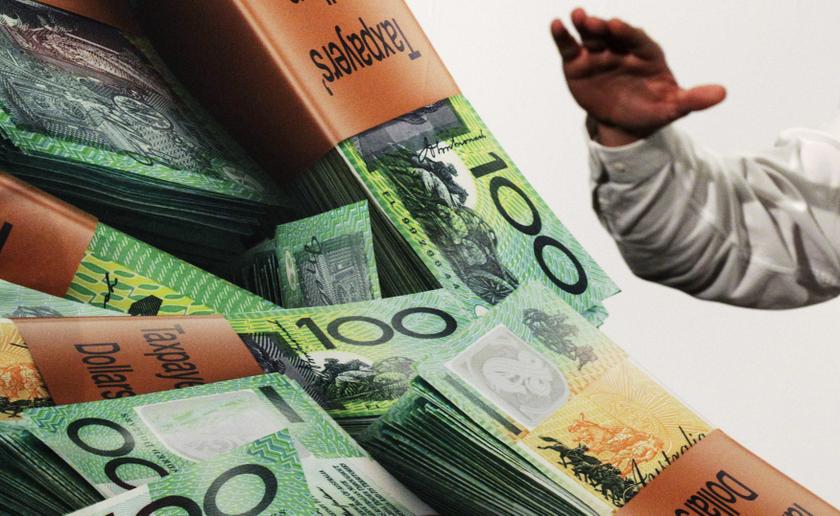SINGAPORE, May 21 — The dollar clawed back some of the week’s losses today, as investors brought a more cautious tone to trade, while Sino-US tensions and weak economic indicators dampened the mood.
The Australian and New Zealand dollars gave back about half of their overnight rises, as did the euro. The British pound was pressured as soft inflation stoked more talk of negative rates.
The risk-sensitive Aussie was last at US$0.6561, nearly 1 per cent under the 10-week peak it hit on Tuesday. The kiwi was about 0.6 per cent below its Tuesday top at US$0.6124.
“The Aussie has been tracking sentiment pretty closely, and today’s move lower in S&P futures is being reflected in the Aussie, which is a reflection of the broader dynamic,” said National Australia Bank currency strategist Rodrigo Catril.
“On one side equity markets are pricing in positive news and looking through to the recovery (from coronavirus) and on the other side there is a pull down from the Chinese-US tensions.”
US stock futures fell by about the same margin as the Aussie. The euro edged 0.2 per cent lower to US$1.0963 and the Japanese yen was steady at 107.64 per dollar.
Diplomatic relations between the world’s two biggest economies have soured in recent weeks with US President Donald Trump attacking Beijing’s handling of the coronavirus outbreak.
Trade tensions have also flared between China and Australia over Australia’s leading role in the push for a global inquiry into the origins and spread of the pandemic.
The latest salvo came when Trump took to Twitter late yesterday to accuse China of a “massive disinformation campaign” seeking to damage his re-election chances, “so they can continue to rip-off the United States.”
There was no immediate response from China. However the morning’s yuan fixing was slightly firmer than expected, perhaps a hint that authorities are prepared to prop up the currency as China begins a key parliamentary meeting tomorrow that may yield more stimulus.
In any case, the dollar rose 0.2 per cent against the yuan in onshore trade to 7.1031. Against a basket of currencies the greenback rose 0.2 per cent to 99.328 today.
Clouds ahead
Plenty of broader positivity remains, with yuan, Aussie, kiwi and euro remaining ahead of the dollar for the week.
The next test are purchasing managers surveys due in Europe, Britain and the United States through the day from 0730 GMT — and they land amidst bad news elsewhere.
The World Health Organisation reported the largest single-day jump in coronavirus infections overnight as global case numbers approach 5 million.
Japan reported its steepest drop in exports in more than a decade and cratering factory activity.
A fifth of firms there worry they don’t have enough cash to ride out a prolonged crisis, a Reuters poll found.
In Britain, weak inflation is driving bets the Bank of England (BOE) may cut interest rates below zero.
The pound was under pressure against the greenback, slipping 0.3 per cent to US$1.2198 (RM5.30), and fell to a two-week low of 89.88 pence per euro.
“The negative view we previously held for the kiwi on the back of a dovish Reserve Bank can now be extended to the pound and the BOE,” said Terence Wu, FX strategist at Singapore’s OCBC Bank.
“For now, with the soggy dollar protecting cable downside, we prefer to express this view through a higher euro/sterling.” — Reuters






















